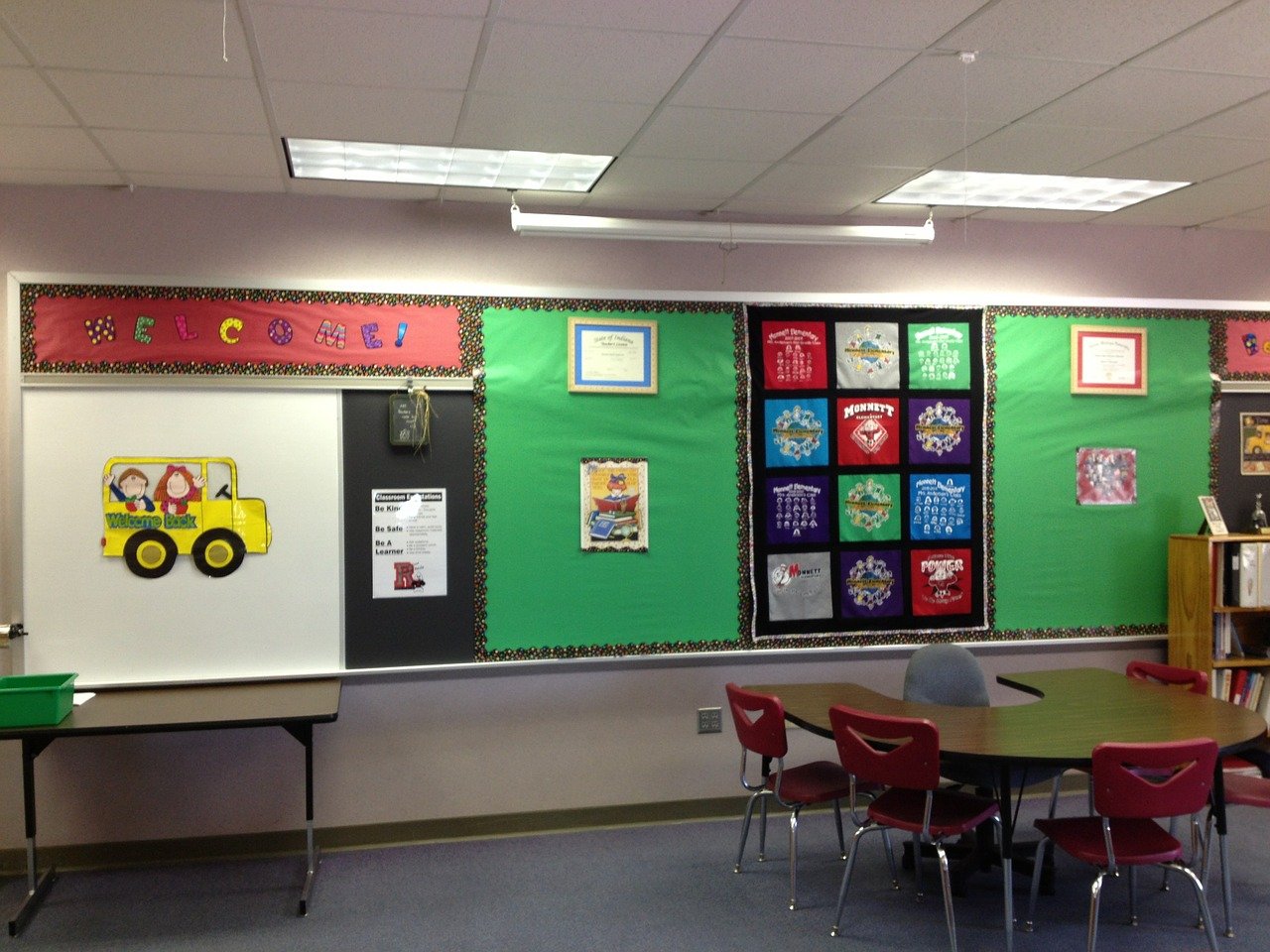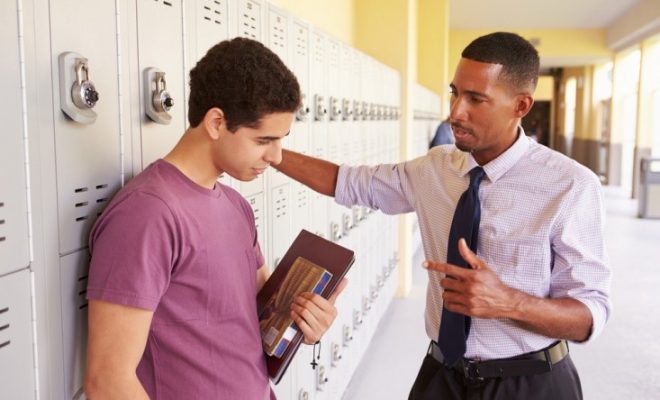Our Education System Fails Many Learners

The United States is currently beset by issues of various proportions, one of the most significant of which is the school system’s crisis. School closures, uneven access, budget cuts, and commercialization have a slow but significant impact on pre-kindergarten to K-12 and higher education students. Let us look at some of the United States educational system areas that fail most students.
Education As a Commodity
Our educational system has become commodified in recent years, particularly in higher education institutions such as universities, at the expense of students’ inherent values. In many American institutions, each student is viewed as a customer who is just pursuing a degree. When the system promotes individuality, arrogance, and apathy, qualities such as honesty, solidarity, discipline, and collaboration are eroded. It is no surprise that 50,000 students admitted cheating on exams within three years, according to a 2016 survey by The New York Times.
A system that encourages cheating students can only produce poor academic results and achievements. For example, in the 2017/18 academic year, 60% of English language students in New York high schools failed the math Regents test. Compared to the previous year’s numbers, this translates to 13,000 more students failing the exam.
Unequal Access
The educational environment in the United States is growing increasingly unequal. Families’ social standing mostly determines educational chances at our higher education institutions. Learners from rich families are more likely to be able to enroll in college preparation courses, which are required for admittance to the American tertiary education level.
It should come as no surprise that just 10% of students at the finest 146 United states institutions originate from the lower socioeconomic strata of the country. You might wish to inquire about the activities of these students who have been kicked out of the system. It should go without saying that a bad educational paradigm will inevitably lead to a failed social system.
School Closures
The pattern of frequent school closures are one of the outcomes of the United States education system’s failure. According to the National Center for Education Statistics (NCES), 893 ordinary K-12 schools were closed in 2015-2016, including 32 special education schools, 14 vocational schools, and 221 alternative schools. In a single year, this translates to 1,160 school closures.
Students in these schools come from America’s poorest, most disenfranchised, and most excluded communities. In failing schools, Hispanic and African-American students make up the majority. For example, Norman Thomas High School in Manhattan was closed down in 2014. It was made up of 67% Hispanics and 27% African-Americans (94 percent of the learners).
The breeding ground for the repetition of unfairness, misery, and violence in these communities is the atmosphere of school failure, school closure, and extreme poverty in Hispanic and African-American neighborhoods. It is a ticking time bomb!
Conclusion
The failure of the United States educational system is due to a bureaucratized public system and an instructional paradigm that is exam-centric and detached from people’s specific experiences. Everyone has the right to a good education. Students, parents, instructors, school administrations, and communities must all participate in finding solutions to improve school performance.






